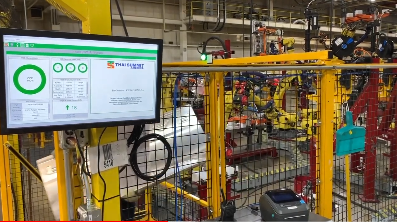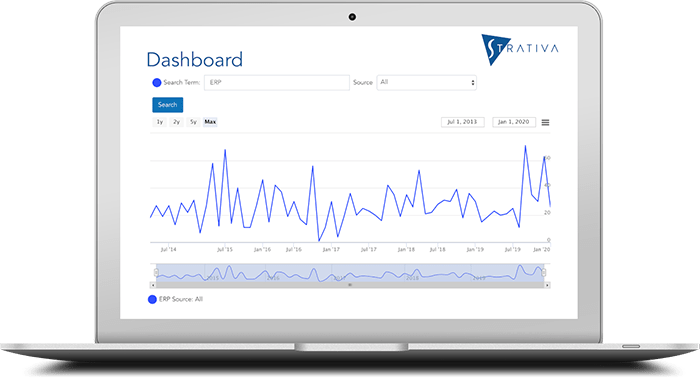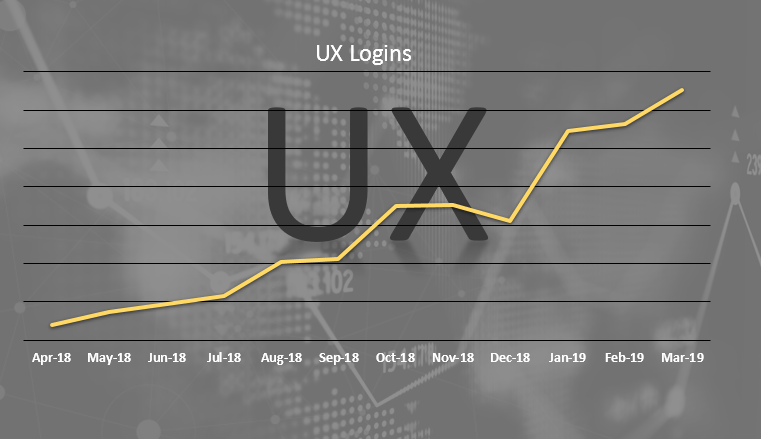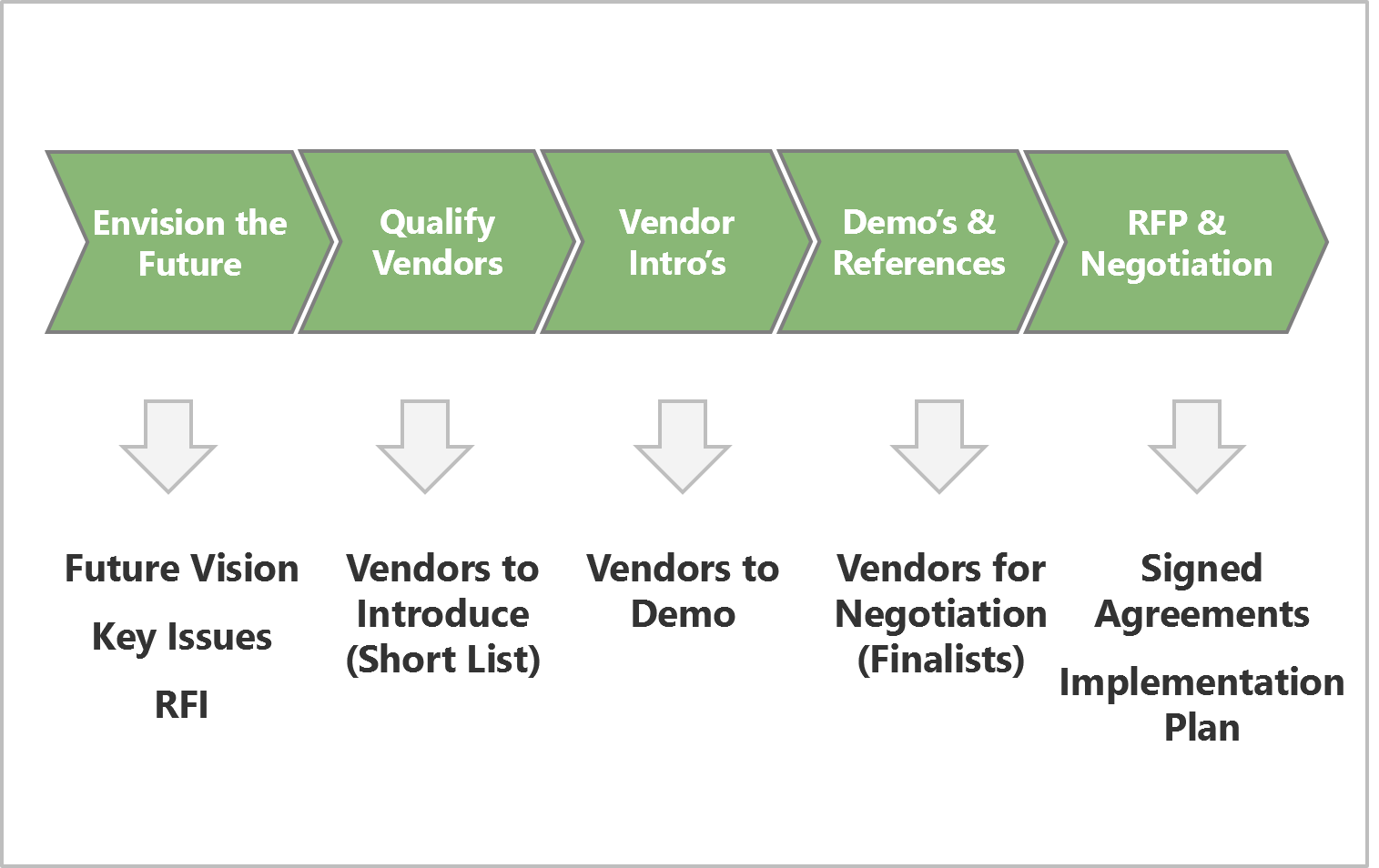
Conventional wisdom is that some systems that require low latency and a high degree of system availability, such as warehouse management systems (WMS) or manufacturing execution systems (MES), are best deployed on-premises. Nevertheless, cloud systems are invading even this category of software. This post highlights one example.










